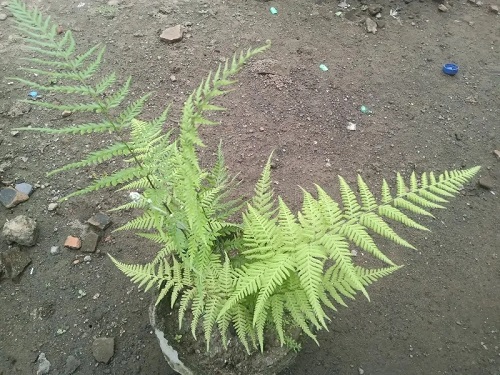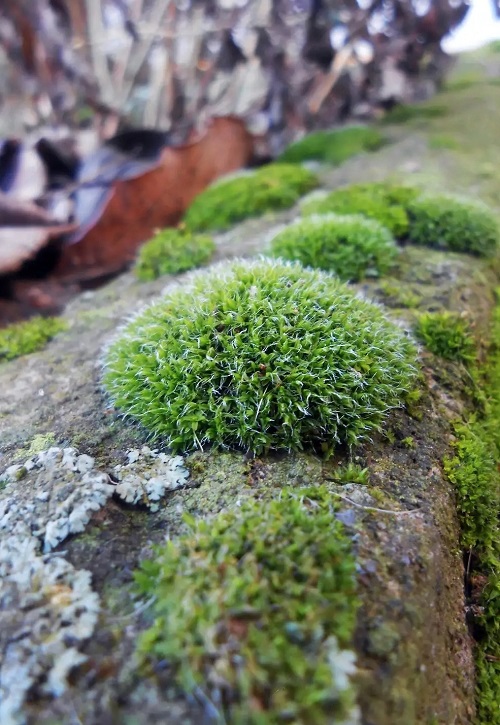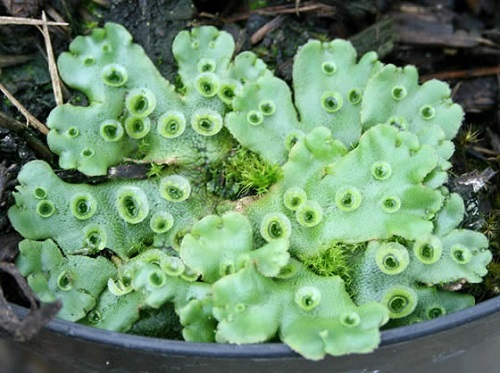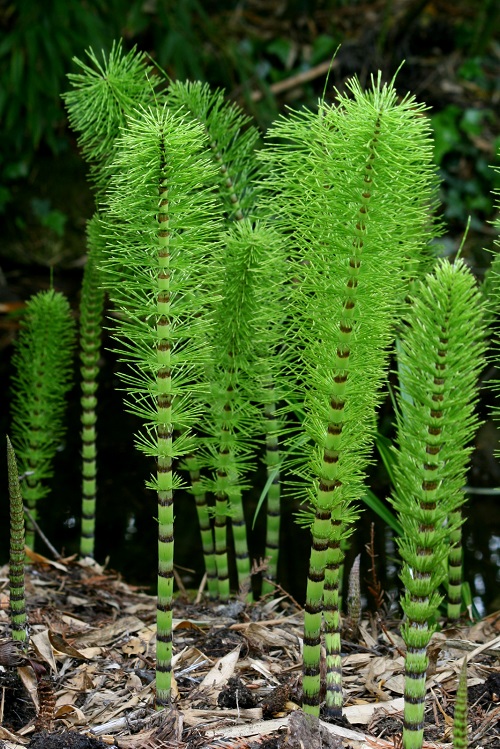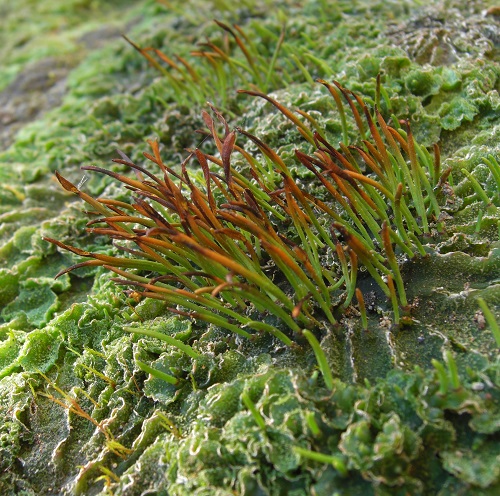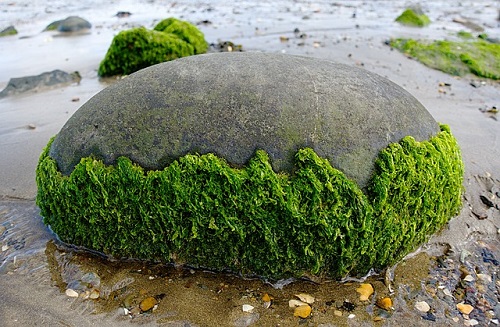Explore the fascinating world of Plants With No Flowers or Seeds. From algae to mosses, find out how these unique specimens thrive!
The world of Plants With No Flowers or Seeds is filled with complexity and wonder. These exceptional botanical specimens provide insights into the early stages of plant evolution, showing how life adapts and flourishes without the need for traditional reproductive structures.
Plants With No Flowers Or Seeds
1. Ferns
Ferns are unique plants, primarily recognized for lacking flowers or seeds. Belonging to a group of vascular plants in the Pteridophyta division, they reproduce via spores. Ferns are prevalent in various habitats, ranging from rainforests to arid desert areas. Their intricate and attractive fronds have made them popular in gardens and landscapes. Ferns provide an exceptional touch of greenery and elegance, often thriving in shaded or damp conditions where many plants struggle to grow.
2. Mosses
Mosses are small, non-vascular plants that thrive in moist environments. Unlike flowering plants, they produce neither flowers nor seeds, relying instead on spores for reproduction. Mosses form dense green mats or clumps, often growing on rocks, trees, and shaded ground. They play a crucial role in ecosystems by retaining moisture and preventing soil erosion. Aesthetically, mosses add a touch of natural beauty to gardens.
3. Liverworts
Liverworts, part of the Marchantiophyta division, are non-vascular plants found commonly in damp and shaded areas. They lack flowers and seeds, reproducing instead through spores. With a unique flattened leaf-like appearance, liverworts contribute significantly to biodiversity and are vital to many ecosystems. Their basic structure and reproductive method set them apart in the botanical world.
4. Horsetails 
Horsetails are a unique group of plants found in the Equisetum genus. They are known for their jointed stems and lack of flowering parts or seeds. Thriving in wet environments, horsetails reproduce through spores and contain silica, giving them a rough texture. Often considered a living fossil, Horsetails date back over 300 million years, making them one of the oldest plant groups in existence. Their structure and reproductive methods offer a fascinating glimpse into the evolutionary history of plants.
5. Club Mosses
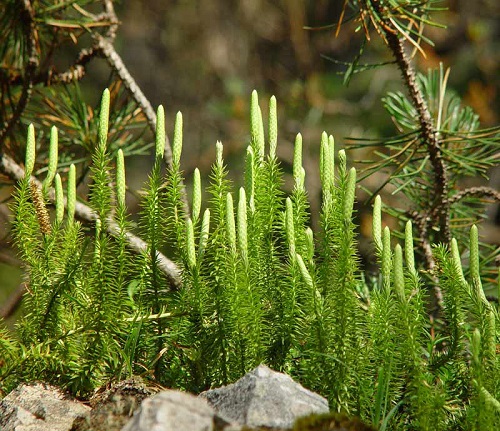
Club mosses are an intriguing group of vascular plants without flowers or seeds. Unlike traditional flowering plants, they multiply through spore formation. Found mainly in forests and shaded areas, club mosses have delicate, fern-like appearances, often growing low to the ground. Their distinctive appearance and reproduction method interest botanists and nature enthusiasts alike.
6. Quillworts
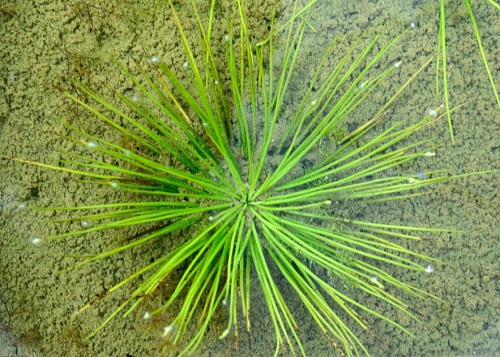
Quillworts, members of the Isoetaceae family, stand out in the plant kingdom due to the absence of flowers and seeds. Their reproduction method relies on spore generation, a trait that distinguishes them from other aquatic plants. Resembling tufts of grass, Quillworts thrive in wet environments, often in ponds and slow-moving streams. They play a vital role in the ecosystem by providing habitat and nourishment for aquatic organisms.
7. Hornworts
Hornworts, part of the division Anthocerotophyta, are intriguing as they don’t produce flowers or seeds. Often found in damp, shaded areas, they play a vital role in the ecosystem through symbiotic relationships. The flat green thallus of Hornworts performs photosynthesis and their horn-like structure aids in spore dispersal. Distinct from typical flowering plants, hornworts offers unique insights into the diversity of plant life.
8. Algae
Algae are simple, plant-like organisms ranging from microscopic phytoplankton to large seaweeds. Unlike typical plants, algae have no true roots, stems, or leaves; most importantly, they don’t produce flowers or seeds. Thriving in various aquatic environments, including fresh and salt water, algae play a vital role in the ecosystem by producing oxygen through photosynthesis.

